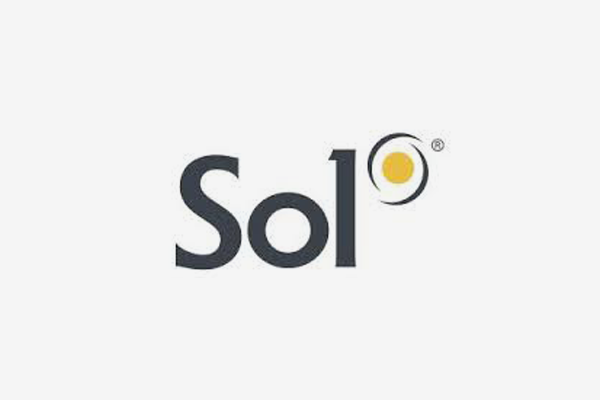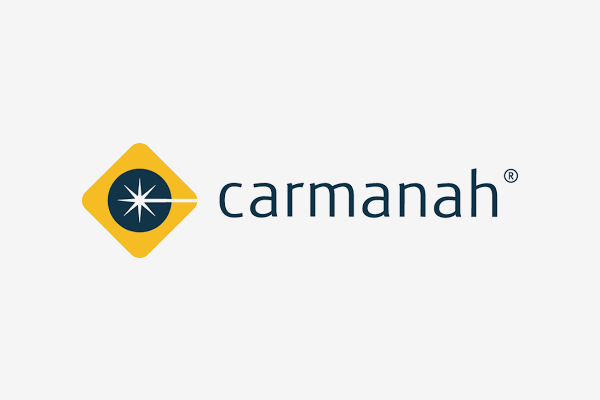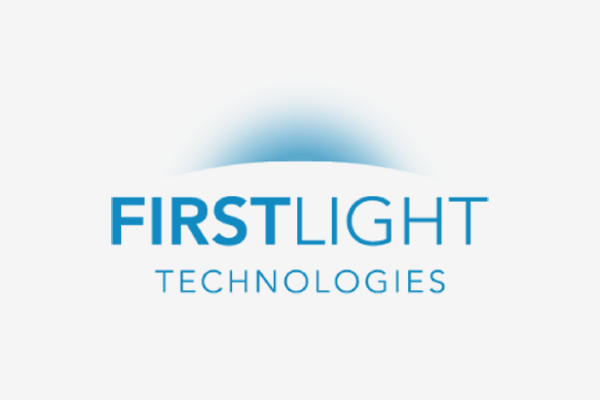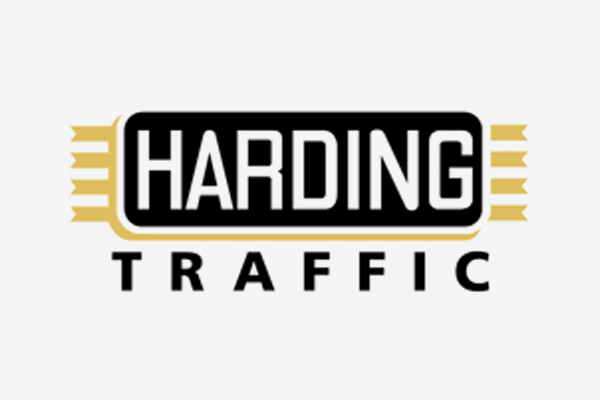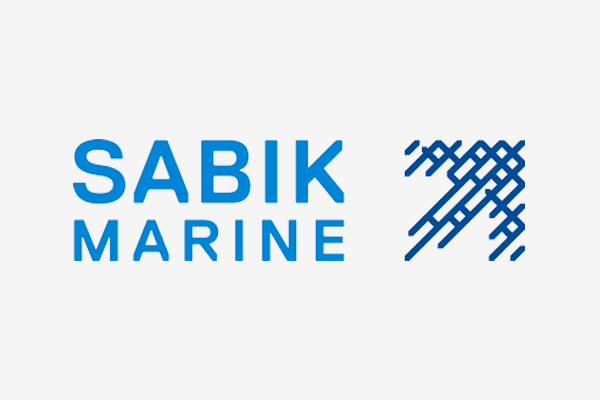LightSource Australia has been providing quality solar powered lighting solutions since 2013.
Initially suppling local councils with good reliable street lighting at black-spot intersections with limited or no power supply, we have gone on to supply countless projects with roadway lighting, pathway lighting, bollards and safety beacons Australia wide.
Our range now includes lighting for major roadways and streets, as well as postop lighting and bollards for minor pathways, beacons for aviation, navigation aids for marine and obstruction beacons for industrial applications.
We have recently introduced a range of solar powered vehicle activated road warning signs, extended our range of warning beacons for pedestrian safety and included a European designed range of street/pathway lighting which include poles with integrated solar panels and batteries.
LightSource Australia will always look to provide a high-quality, reliable solar powered product that can be trusted to be long lasting and perform exactly as required.
Reliable, dependable lighting solutions when power is not easily available.
Whether you are seeking to illuminate road, rail, a public space or a work area, or whether you need navigation aids for marine or aviation, LightSource Australia can provide a solution for you.
Our solar lighting range includes – Street Lights, Security Lighting, Obstruction Lights, Navigation Aids, Taxiway and Runway Lights, Helipad Lighting, Windsock Lights, Solar Bollards, Sign Lighting, Hazard Warning Lights and much more – all in LED
We can provide bright and reliable lighting to many situations where it could not be provided before.
Why Go Solar?
The driver for industry to explore solar powered LED lighting solutions can vary between the types of applications.
- Electrical grid is unreliable or unavailable.
- Reduced installation costs – no trenching or cabling or mains connections.
- Minimal site impact.
- Low on-going costs.
- Little or no maintenance – no bulbs to change with LED.
- Immune to power outages.
- Existing underground wiring needs replacing or upgrading.
- There is a desire for sustainable (green) lighting.
- Government funding to support sustainable infrastructure is available.
With no connection to the electrical grid and with no ongoing electrical costs, solar LED area lighting allows for versatility, reliability and cost-savings beyond anything hardwired solutions can offer.
The secrets of a successful solar lighting system
There are a number of variables which must be taken into account by the designers and selectors of a solar lighting system. Understanding the way in which these variables are managed by our product designers reveals the reasons why this solution is superior to anything else on the lighting market. At every stage shown in the energy conversion diagram, our solution maximises the efficiency, performance and reliability of the lighting system.
Energy In
Where in the world your light is to be located determines how much solar energy is available for collection. This requires the precise latitude and longitude be programmed into the light, from which can be determined the available solar energy at that location by referencing the weather data from agencies like NASA. The location will also determine what autonomy the light can achieve. Autonomy is defined as the number of days the light can operate from full charge to a light failure in the event that there is no sun to charge the batteries. Again, the weather data will provide the designer with the information required to determine the likely number of days without sun for a given location, taking into account the effects of extreme weather patterns and solar panel shading.
Solar panel efficiency and tilt angle are the next variables to influence the amount of energy the system can collect. Mono-crystalline solar panels typically convert 15-19% of absorbed light to electrical energy and our lighting engineers are achieving the maximum efficiency of 19%.
The battery type chosen by our lighting designers and the way in which the energy is managed within the battery are key factors which make our products stand out from the competition. We select batteries from those which have the longest life cycle, where the life cycle is defined by the number of charge/discharge cycles that can be delivered. Some of our competitors select batteries with the largest initial capacity in Amp hours, batteries which generally have a shorter cycle life. The lifespan of all batteries depends upon the way they are charged, the depth of discharge and the temperature. The energy management system built into our lights, controls the charge and depth of discharge of the battery for varying ambient temperatures and controls the energy output to the LEDs.
Energy Out
The application will generally determine the amount of energy output required of the lighting system. For example, an obstruction beacon which is required to maintain a set light output during all hours of darkness will have a fixed requirement for energy out. On the other hand, many lights are not required to be on at all hours or of a fixed luminance. This means that the lighting system can be supplied with a variable operating profile. If the operating profile allows you to dim or turn off the light when it is not needed, then the lighting system can be down sized, cost reduced and/or the autonomy can be increased.
Operating profiles can be programmed for the light to be dimmed at certain hours or turned off altogether when the facility is not being used. Optionally the lights can be activated by occupancy sensors, providing light as and when required.
Notice in the energy flow diagram that the whole system is DC from end to end. Some of our competitors use off-the-shelf AC fixtures which are designed for hard wired lighting. This means that they have to add an inverter between the battery and the luminaire and they use the LED driver built into the AC luminaire. This adds to the cost of the system and creates an additional point for energy loss and system failure. Solar panels, batteries and LEDs all operate with DC power. It is redundant to convert to AC and then back to DC in the same system.
Even if the systems use off-the-shelf DC fixtures, they will typically use the manufacturer’s drivers, which have been designed with a constant hard wired supply in mind. Orion Solar lighting systems incorporate our own drivers which include technology like pulse width modulation, increasing efficiency and providing better control of the fixture to match the variability of solar energy supply. Balancing energy out with energy in.




